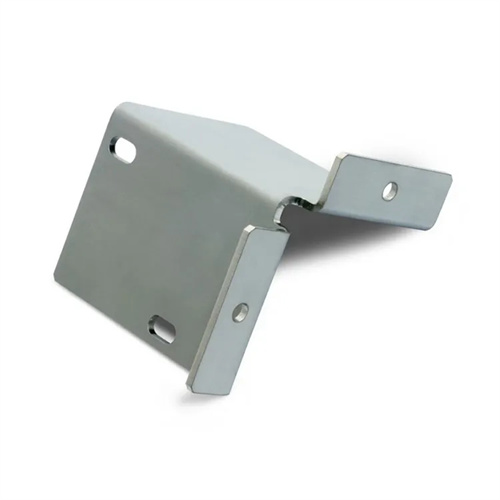Magnesium alloy hot extrusion tube
Magnesium alloy hot-extruded tubes are tubular magnesium alloy products made through a hot extrusion process. With their low density, high specific strength, and excellent thermal conductivity, they occupy an important position in the aerospace, automotive, and electronic communications industries. Compared with traditional steel or aluminum alloy tubes, magnesium alloy hot-extruded tubes can reduce weight by more than 30%, significantly reducing the operating energy consumption of equipment. They also have excellent shock resistance and electromagnetic shielding properties, making them suitable for scenarios with dual requirements for lightweight and functionality. Commonly used alloy systems include AZ31, AZ61, and ZK60. Tubes formed from different alloys through hot extrusion have different strengths and corrosion resistance, meeting diverse application needs.

The production process for hot-extruded magnesium alloy tubes requires precise control of temperature and extrusion parameters to ensure the tube’s dimensional accuracy and stable performance. First, the magnesium alloy ingot undergoes a homogenization annealing treatment to eliminate compositional segregation and internal stresses generated during the casting process. The annealing temperature is generally controlled between 380-450°C, and the holding time is adjusted according to the size of the ingot. The ingot is then heated to 280-400°C (the specific temperature depends on the alloy type) and placed into an extrusion barrel. High pressure is applied by the extrusion shaft, forcing the billet through a tubular die at high temperature to form a hollow tube. During the extrusion process, the extrusion speed (typically 0.5-5 m/min) and extrusion ratio (typically 8-30) must be optimally controlled to avoid defects such as cracks and uneven wall thickness. After extrusion, the tube undergoes cooling, straightening, and cutting. Some products also undergo aging treatment to further enhance mechanical properties. Finally, hydrostatic testing and nondestructive testing ensure quality.

In the aerospace industry, magnesium alloy hot-extruded tubes are ideal for hydraulic and fuel lines. Aircraft hydraulic systems require minimal weight while maintaining pressure resistance and reliability. AZ61 magnesium alloy hot-extruded tubes, with a yield strength exceeding 250 MPa, can withstand the system’s operating pressures. Their lightweight properties reduce the aircraft’s overall weight and improve its endurance. In spacecraft propulsion systems, magnesium alloy hot-extruded tubes are used to transport fuel and oxidizer. Their excellent thermal conductivity helps control the temperature within the tubes, preventing fuel vaporization caused by excessive temperatures. Furthermore, in satellite attitude control systems, small-diameter magnesium alloy hot-extruded tubes serve as connecting lines for hydraulic actuators, meeting the demands of precise control.

Demand for magnesium alloy hot-extruded tubes continues to grow in the automotive and rail transit sectors. In new energy vehicles, battery cooling system piping often utilizes AZ31 magnesium alloy hot-extruded tubes. Their excellent thermal conductivity allows them to quickly dissipate heat generated by the battery, ensuring the battery maintains a suitable operating temperature. Their lightweight design also helps extend the vehicle’s range. In traditional vehicle power steering systems, magnesium alloy hot-extruded tubes partially replace steel and aluminum alloy tubes, reducing steering inertia and improving steering response. In rail transit, high-speed rail air conditioning system piping utilizes magnesium alloy hot-extruded tubes, reducing the weight of the train while also resisting vibration and temperature fluctuations within the carriages, ensuring stable operation of the air conditioning system.

With advances in industrial technology, the application areas of magnesium alloy hot-extruded tubes are continuously expanding, and their performance is continuously improving. By developing new molds and extrusion processes, manufacturers can produce hot-extruded tubes with complex shapes, such as variable diameters and bends, to meet the installation requirements of specialized structures. Surface treatment technologies (such as anodizing and coating) are also improving the corrosion resistance of magnesium alloys, making them suitable for humid and salt-fog environments. In line with environmental trends, the recyclability of magnesium alloy hot-extruded tubes is becoming increasingly prominent, meeting the sustainable development requirements of the automotive and aviation sectors. In the future, as high-end equipment pursues lightweighting and integration, magnesium alloy hot-extruded tubes will be used in more key components, presenting a promising market.
